Orthodox Icon Saint Gregorios
The Orthodox Icon of Saint Gregorios is lovingly crafted in natural poplar wood. Its technique is lithography, while the wood is carved with a wavy outline that gives a modern touch to the icon.
Its embossed representation makes it a unique piece which requires high craftsmanship to be made. Its special design manages to combine traditional and modern elements, making it the most loved icon design in the customers preferences!
It is manufactured in Greece by experienced craftsmen and is produced in 4 dimensions in order to cover every need. Finally, it is worth noting that it has been specially treated and varnished to have maximum resistance to time and damage.
━━━━━━━━━▼━━━━━━━━━
Saint Gregory
Saint Gregory of Nazianzus (329 - 390), also known as Saint Gregory the Theologian, was Archbishop of Constantinople in the 4th century AD. Great ecclesiastical personality and one of the Three Hierarchs. He possessed all the philosophical education of the time and managed to combine Hellenism with the first church of the Byzantine Empire.
He studied in the most renowned intellectual centers of his time, in Caesarea, Alexandria and Athens, where he had Basil the Great as a classmate. After his studies he returned to Nazianzu at the age of 30. After being baptized, he left for the desert, where he became a monk. In 361, Gregory returned to Nazianzus and was ordained an elder (unwillingly) by his father, who wanted him to help care for the local Christians. In 361 – 363 Julian takes over as emperor and restores idolatry. Gregory then writes "Insults against Julian", between 362 and 363. In "Insults" he records how Christianity will overcome leaders like Julian with love and patience. Gregory spends the next few years fighting Arianism with great success. M. Basilios (Bishop of Caesarea), ordains Gregory Bishop of Sassimon in 372, again against his will. In 372, Gregory ended up in Nazianzus to help his dying father manage his diocese. In 374, after the death of his parents, Gregory continued to rule the diocese of Nazianzu but refused to receive the title of Bishop.From the end of 375 and for three years Gregory lives in the monastery of Seleukia. At the end of 379, M. Basilios dies. Although his health prevented him from attending the funeral, Gregory wrote a letter to Basil's brother, Gregory of Nyssa, which included 12 poems dedicated to Basil.
In 379 Gregory agrees to move to Constantinople to purge the city of the Arian heresy, where he is elected bishop. However, some members of the Synod questioned his election and he did not hesitate to resign and return to the desert, having previously delivered his famous "Editorial Speech". There he spent the rest of his life, praying, studying and writing.
On the morning of January 25, 391 AD, he left the earthly world to go eternally to his beloved Lord. His holy chariot is located in the Holy Monastery of Vatopedi on Mount Athos. Gregory was distinguished for his character, virtues and his vast literary work, which includes speeches, letters and poems.
Orthodox Church celebrates his memory on the 25th of January as well as on the 30th of the same month, the feast of the Three Hierarchs
©The texts were edited exclusively for the website www.ekivotos.com and are legally protected. Any reproduction of them for commercial purposes is considered unfair competition and is criminally prosecuted.
Orthodox Icon Saint Gregorios
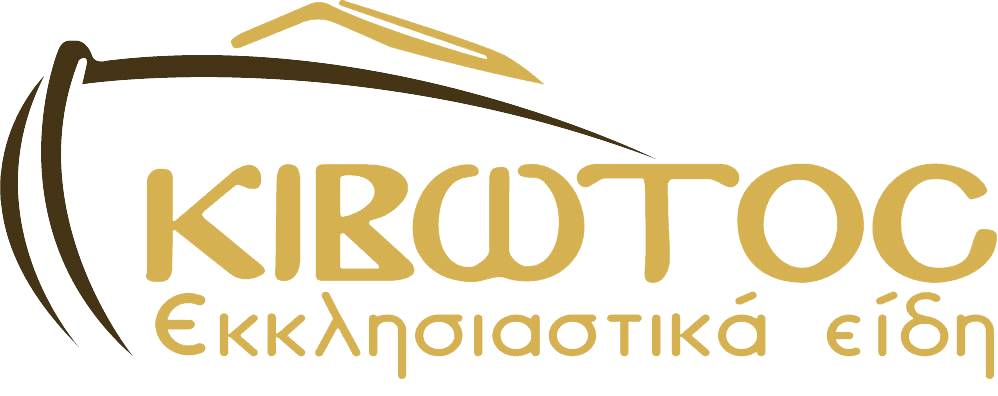



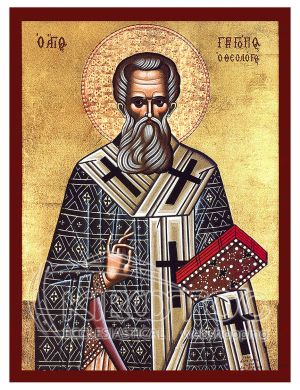
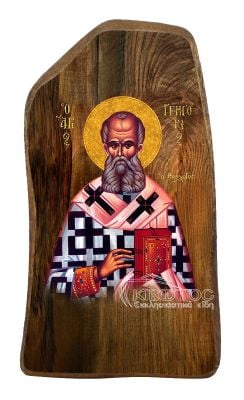
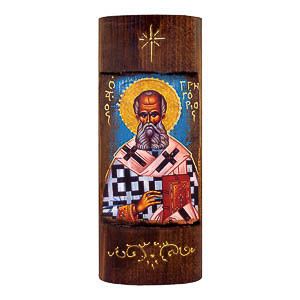
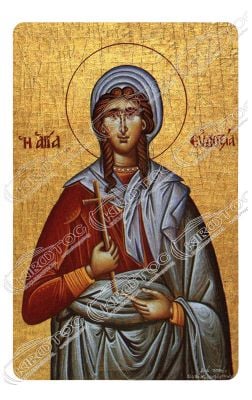
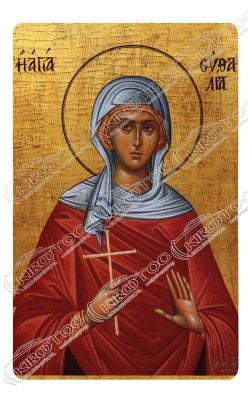
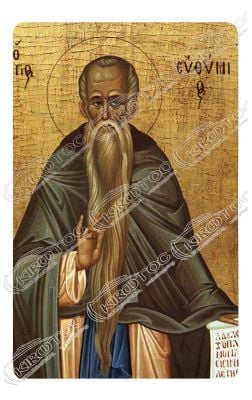
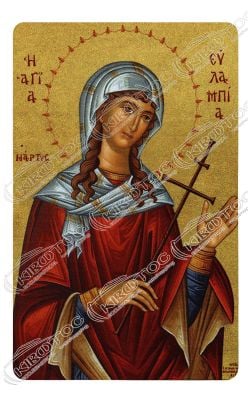
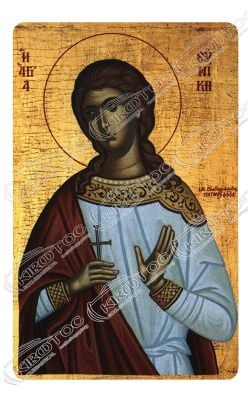
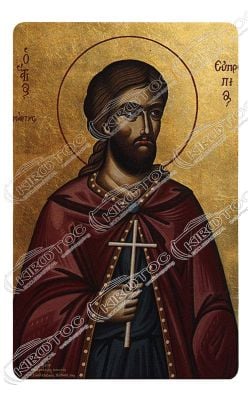
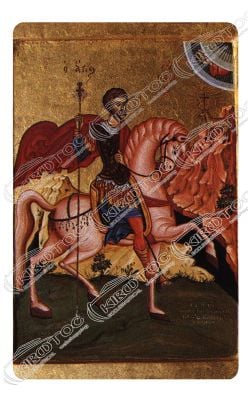
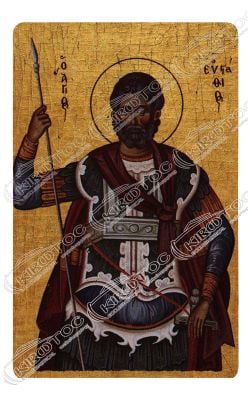
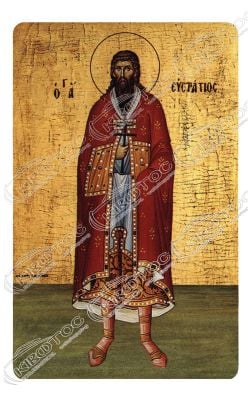
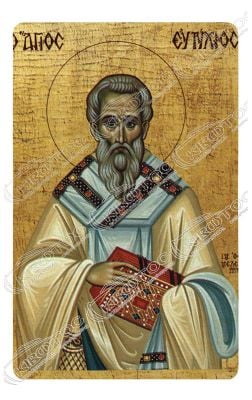
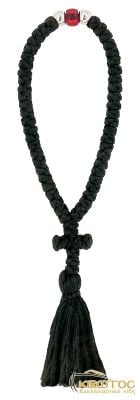
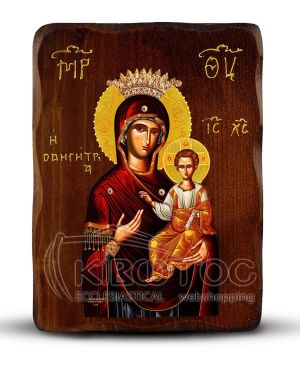
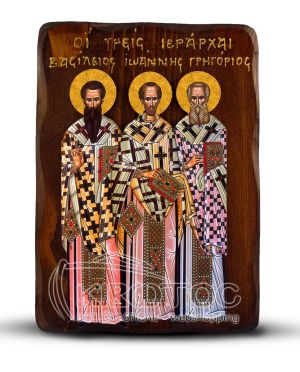

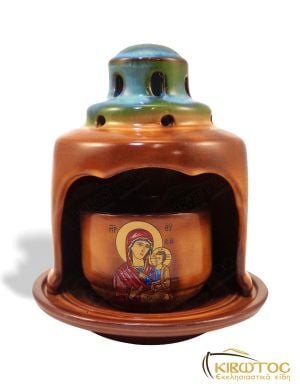
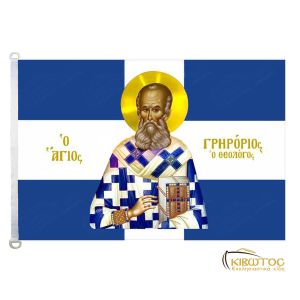
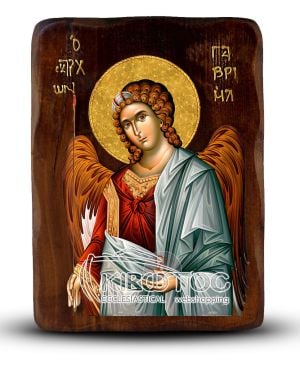
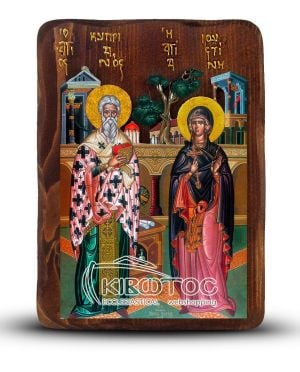
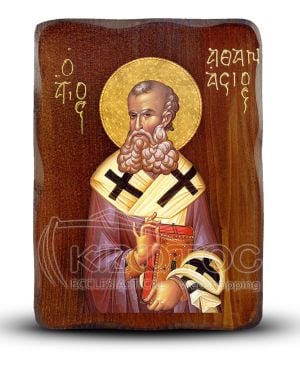
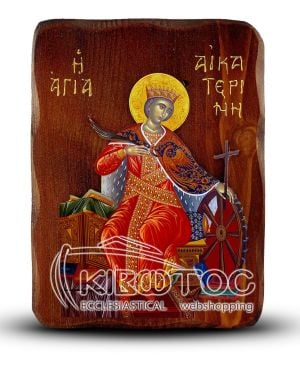
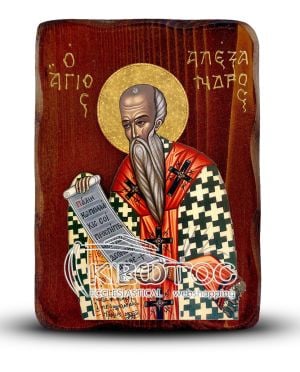
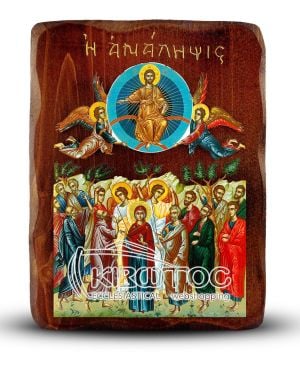
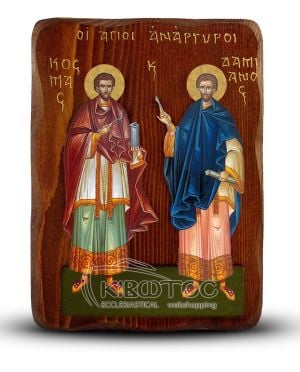
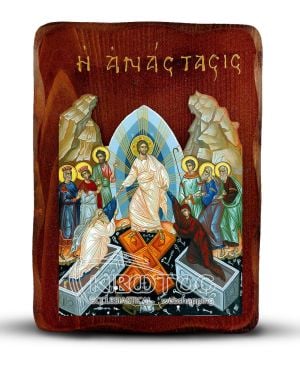
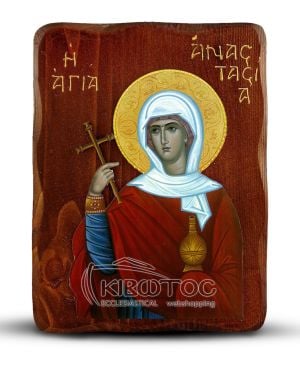
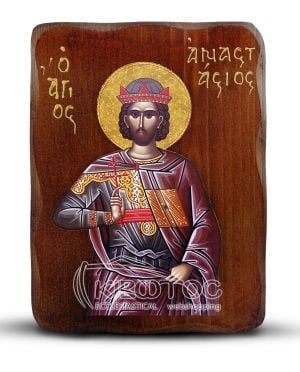
Validate your login
Sign In
Create New Account